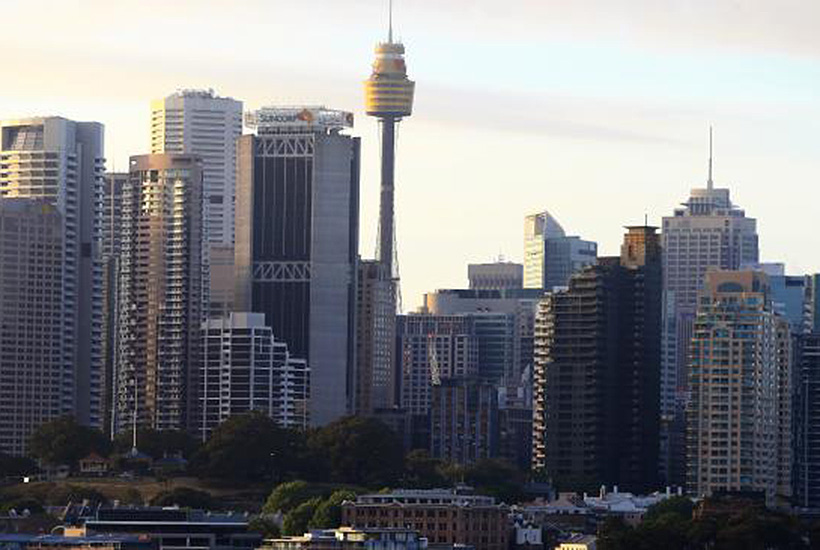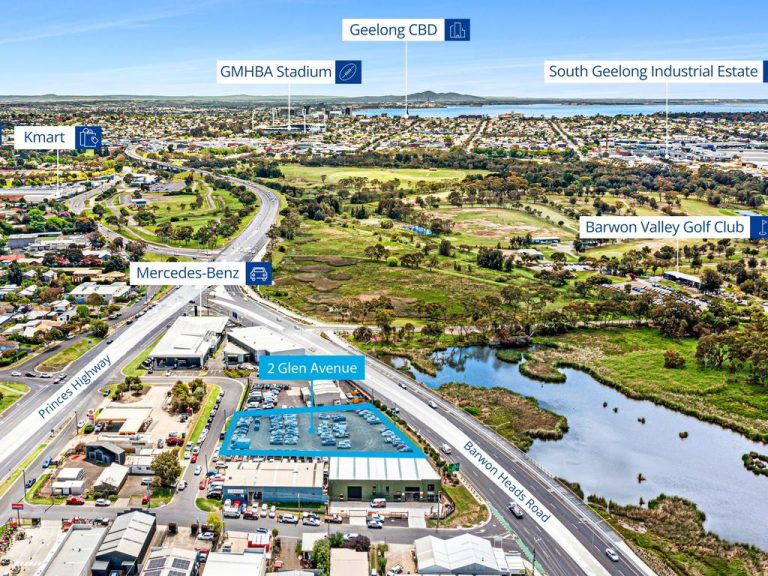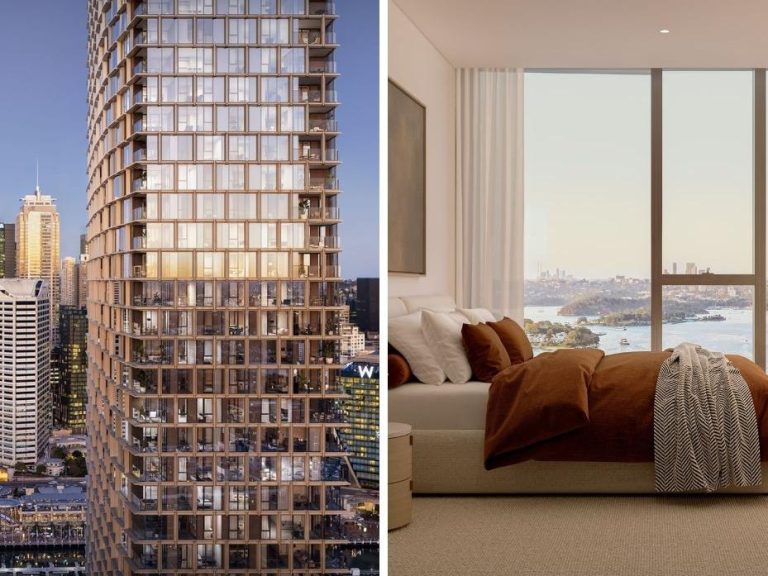Tightening continues in eastern office markets

Eastern seaboard office markets continue to strengthen with vacancy rates dropping below 5% in the country’s two largest cities, driven by upbeat economic conditions in Melbourne and a withdrawal of office space from the market in Sydney.
The resources-affected Perth market is also looking somewhat brighter, despite a fifth of its office towers being empty, according to the Property Council’s Office Market Report. Agents says competition for the low proportion of available office space in Sydney and Melbourne is likely to push rents higher this year.
Across the country, the office vacancy rate fell by 0.6 percentage points over the past six months to 9.6%. Sydney and Melbourne both tightened to a 4.6% vacancy rate, while Perth fell to a still-elevated 19.8%.
Commercial Insights: Subscribe to receive the latest news and updates
PCA chief executive Ken Morrison said tighter office markets pointed to a strengthening Australian economy, with strong jobs growth and decent GDP figures.
“We’re seeing the dynamics of the capital cities changing through these numbers as well,” Mr Morrison said. “You’re seeing the turnaround in Perth, you’re seeing the strength of the Sydney and Melbourne economies and you’re also seeing the transition that’s occurring in Brisbane.”

Sydney’s vacancy rate was the lowest in almost a decade, affected by the withdrawal of 50 Bridge Street from the market for AMP Capital’s Quay Quarter development and the withdrawal of 39 Martin Place for the Metro rail project. In Melbourne, the falling vacancy rate was underpinned by business tenants looking for space, with the city recording four years in a row of positive demand.
“The Melbourne economy is the unheralded economy of the country,” Morrison says, highlighting cheaper house prices and good infrastructure.
The bulk of new supply over the next three years is set to be in the tightest markets of Sydney and Melbourne, including Darling Park Tower 2, owned by AMP Capital, Brookfield and GPT, and Mirvac’s 664 Collins Street.

Perth has “turned a corner” with its second consecutive six-month period of strong demand.
In Brisbane, the vacancy rate edged up to 16.2% as the Queensland government and Telstra contracted their total office space, although there is “quite a lot of inquiry” from other tenants, Morrison says.
CBRE associate director of research Felice Spark tips vacancy declines in all CBD office markets this year, with Sydney to hit a record low of 3.4%. “A return to either stable or positive effective rental growth is predicted across all markets,” she says.
The shortage of options on the eastern seaboard meant tenant retention rates would be high, said JLL’s head of office leasing for Australia, Tim O’Connor. Prime gross effective rents rose 20.5% in Sydney CBD and 12.2% in Melbourne CBD over 2017. Both could expect effective rents rise by 9% or more this year.

This article originally appeared on www.theaustralian.com.au/property.







